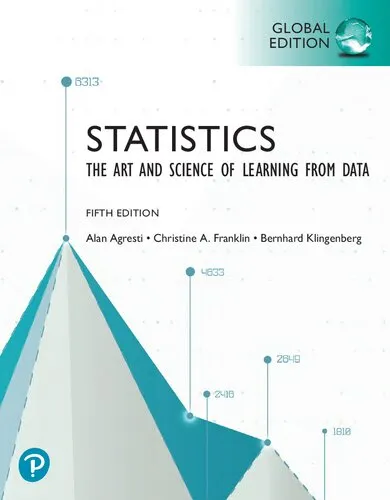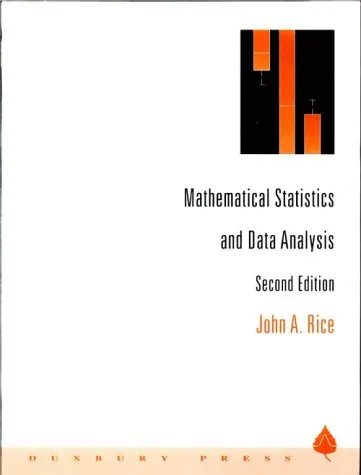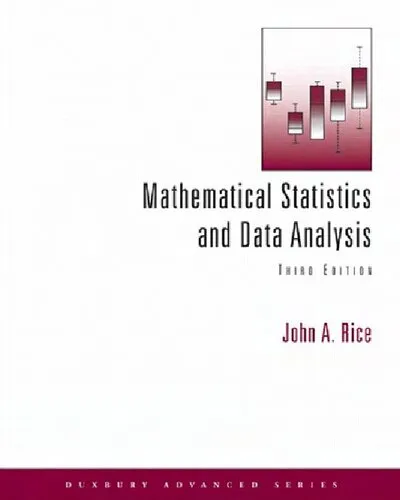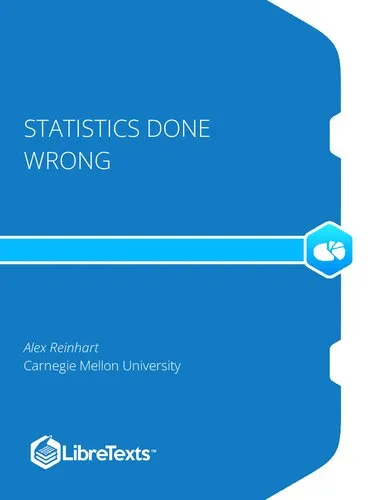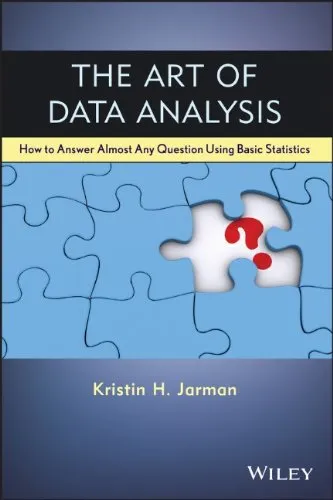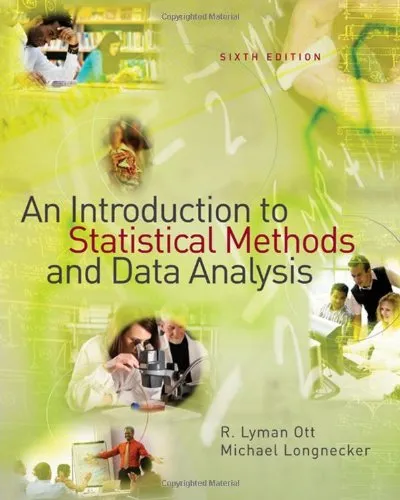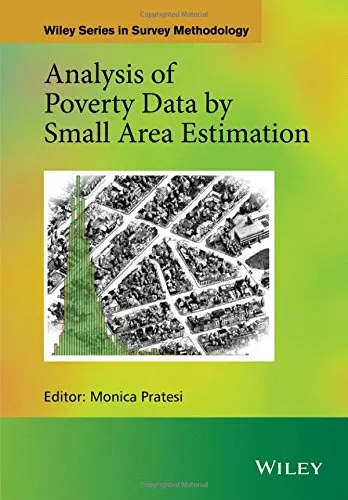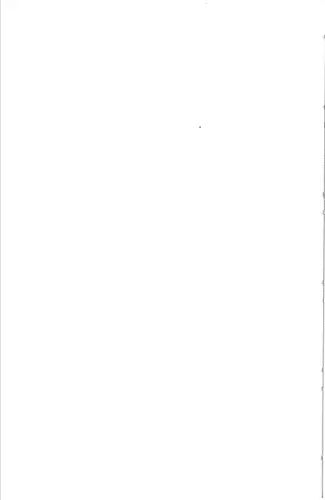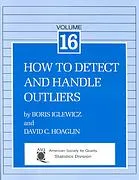How to Lie with Statistics (Penguin Business)
4.5
Reviews from our users

You Can Ask your questions from this book's AI after Login
Each download or ask from book AI costs 2 points. To earn more free points, please visit the Points Guide Page and complete some valuable actions.Related Refrences:
Introduction to 'How to Lie with Statistics'
Welcome to the captivating world of statistics, where numbers are not merely cold, hard facts but fertile grounds for manipulation and deceit. In the modern age, data is ubiquitous—it influences our decisions, shapes policies, and creates narratives. 'How to Lie with Statistics' by Darrell Huff, first published in 1954, has become a seminal text in understanding how statistics can be misleading. This book is as relevant today as ever, revealing how the numerical data we encounter daily can be used to distort the truth and manipulate public opinion. With its timeless insights and engaging prose, the book serves as a wake-up call for critically assessing the statistics we read, hear, and believe.
Detailed Summary of the Book
'How to Lie with Statistics' delves into the various ways statistics can be misused and misunderstood. Huff takes readers on a journey through the many pitfalls and manipulations that can occur in the presentation of data. Each chapter focuses on different techniques, ranging from cherry-picking data, using misleading graphs, and employing biased samples, to misunderstanding averages and causation versus correlation dilemmas. Huff uses accessible language, accompanied by illustrations by Irving Geis, to demystify statistics and make the complexities of statistical manipulation apparent to readers of all backgrounds. By providing real-world examples and breaking down the methods of deceit, Huff equips readers with the tools to recognize and question misleading statistics in their everyday lives.
Key Takeaways
- Question the Source: Always consider who is presenting the data and explore their possible motivations for doing so.
- Examine the Sample: Be wary of biased or unrepresentative samples that can skew results and mislead interpretations.
- Understand the Averages: Differentiating between mean, median, and mode is crucial, as each can tell a different story.
- Recognize the Limitations: Acknowledge the inherent limitations of statistics and question the validity of causal claims.
- Challenge the Graphs: Be vigilant against misleading visuals that can create illusions of trends or patterns.
Famous Quotes from the Book
"A well-wrapped statistic is better than Hitler’s ‘big lie’; it misleads, yet it cannot be pinned on you."
"There is terror in numbers: they are the sovereign public image of objectivity."
Why This Book Matters
In an era dominated by data and digital information, understanding how statistics can be misleading is crucial. Huff’s book remains an essential read for anyone looking to enhance their analytical skills and become a more discerning consumer of information. It sheds light on the importance of statistical literacy, urging readers to look beyond the surface of presented data. The book is invaluable for educators, policymakers, students, and anyone interested in the truth behind the numbers. It underscores the necessity of critical thinking in interpreting statistics, which is increasingly pertinent in today's data-driven society.
Despite being published over half a century ago, the insights provided by 'How to Lie with Statistics' continue to resonate. The techniques of manipulation have evolved, but the foundational principles Huff outlines are timeless. By arming readers with the knowledge to identify statistical deceit, Huff empowers individuals to make informed decisions and challenge the narratives shaped by misleading data.
Free Direct Download
You Can Download this book after Login
Accessing books through legal platforms and public libraries not only supports the rights of authors and publishers but also contributes to the sustainability of reading culture. Before downloading, please take a moment to consider these options.
Find this book on other platforms:
WorldCat helps you find books in libraries worldwide.
See ratings, reviews, and discussions on Goodreads.
Find and buy rare or used books on AbeBooks.
1370
بازدید4.5
امتیاز0
نظر98%
رضایتReviews:
4.5
Based on 0 users review
Questions & Answers
Ask questions about this book or help others by answering
No questions yet. Be the first to ask!
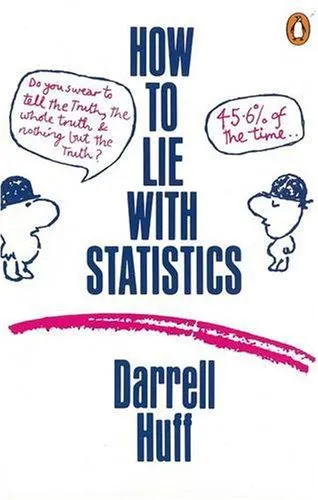

![Statistics: The Art and Science of Learning from Data [RENTAL EDITION]](https://s3.refhub.ir/images/thumb/Statistics__The_Art_and_Science_of_Learning_f_9188.webp)
